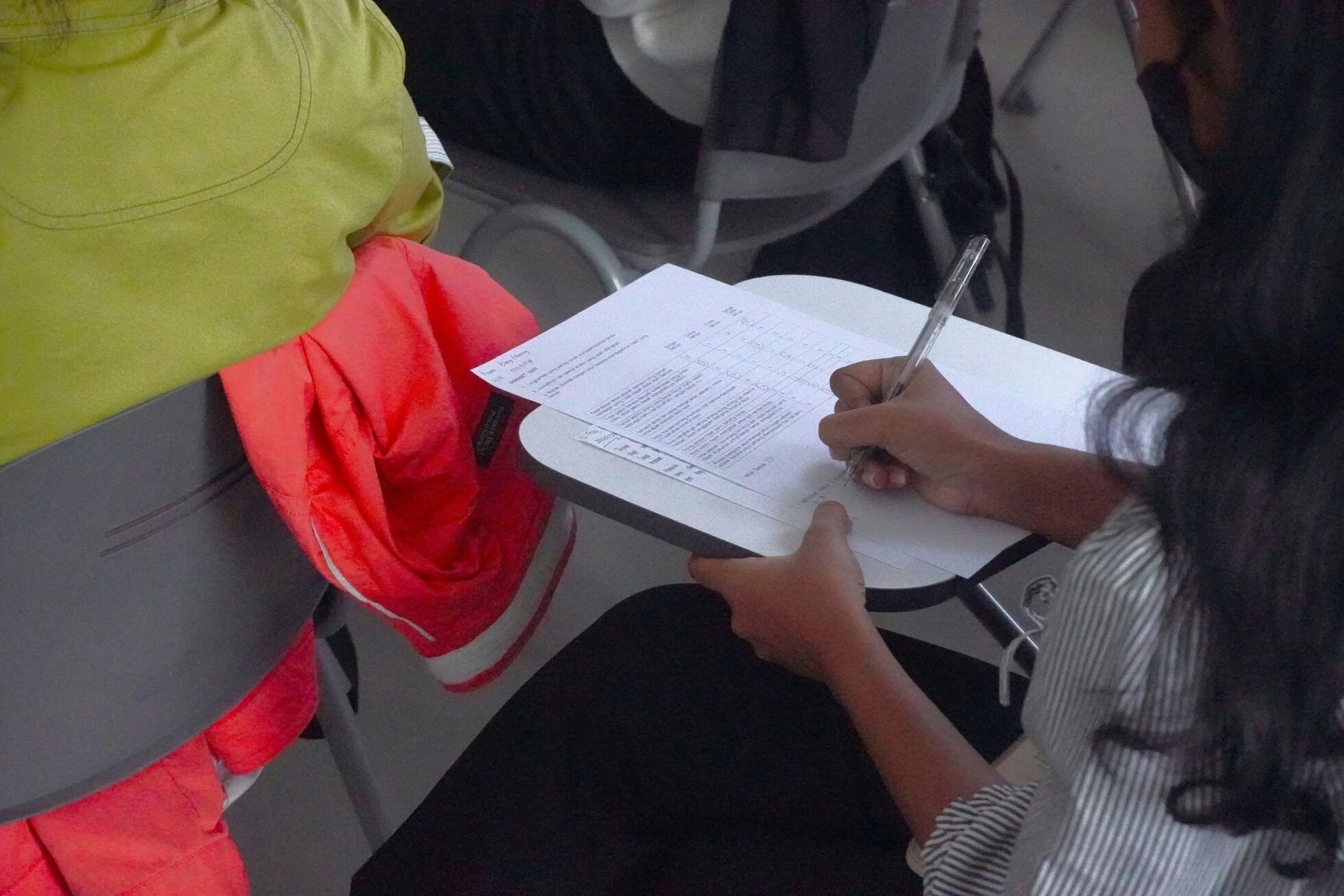The OAT Physics section covers a wide range of topics—from mechanics and waves to circuits and optics. Chad’s free video series aligns closely with the official test content, providing a focused and comprehensive resource for efficient studying.
Physics Topics Covered on the OAT
Ready for content review? According to the Official Optometry Admissions Test (OAT) 2025 Candidate Guide, the following physics topics are covered:
- Units and Vectors
- Linear Kinematics
- Statics
- Dynamics
- Rotational Motion
- Energy and Momentum
- Simple Harmonic Motion
- Waves
- Fluid Statics
- Thermal Energy and Thermodynamics
- Electrostatics
- D.C. Circuits
- Optics
Complete List of Chad's Videos to Watch for the OAT
We've compiled a concise list of Chad’s free physics videos that covers all of the OAT topics!
Note: We're not affiliated with Chad. Chad also has his own OAT materials on his site in which you can check it out here.
Units and Vectors
- 1.1: SI Units & Dimensional Analysis
- 1.2 Significant Figures & Scientific Notation
- 1.3: Unit Conversions and the Metric System
- 1.4: Vectors
Linear Kinematics
- 2.1: Displacement, Velocity, and Acceleration
- 2.2: Kinematics in One Dimension
- 2.3: Freely Falling Bodies
- 2.4: Physics Motion Diagrams
- 3.1: Displacement, Velocity, and Acceleration in Two Dimensions
- 3.2 Projectile Motion - Kinematics Motion in Two Dimensions
- 3.3 Relative Motion
Dynamics
- 4.1: Newton's Laws of Motion
- 4.2: Gravity, Normal Force, and Friction | Intro to Free Body Diagrams
- 4.3: Inclined Plane Questions | Application of Newton's Laws
- 4.4: Tension and Pulley Problems: Application of Newton's Laws of Motion
Energy and Momentum
- 5.1: Work
- 5.2: Mechanical Energy
- 5.3: Springs and Elastic Potential Energy
- 5.4: Power
- 5.5: Work by a Varying Force
Rotational Motion
- 7.1: Rotational Kinematics
- 7.2: Centripetal Force and Centripetal Acceleration
- 7.3: Universal Law of Gravity and Planetary Motion
Statics
- 8.1: Torque
- 8.2: Center of Mass and Center of Gravity
- 8.3: Torque and Rotational Equilibrium
- 8.4: Moment of Inertia and Rotational Dynamics
- 8.5: Angular Momentum and Rotational Kinetic Energy
Fluid Statics
- 9.1: Density and Pressure
- 9.2: Buoyant Force and Archimedes' Principle
- 9.3: Fluid Dynamics
- 9.4: Elasticity of Solids
Thermal Energy and Thermodynamics
- 10.1: Temperature and Thermal Expansion
- 10.2: Ideal Gas Law and Kinetic Theory of Gases
- 11/12.1: Heat and Calorimetry
- 11/12.2: First Law of Thermodynamics
- 11/12.3: Entropy and the Second Law of Thermodynamics
Simple Harmonic Motion
Waves
Electrostatics
- 15.1: Charge, Conductors, and Insulators
- 15.2: Coulomb's Law
- 15.3: Electric Fields
- 15.4: Conductors in Electrostatic Equilibrium
- 15.5: Gauss's Law and Electric Flux
D.C. Circuits
Optics
Note: Topics covered in Chad’s lesson videos for Chapters 18-21 and 24-27 are not covered on the OAT. You can skip these, or watch them later for fun :)
Happy studying!
Get everything you need in one place. Start studying today for free.

















